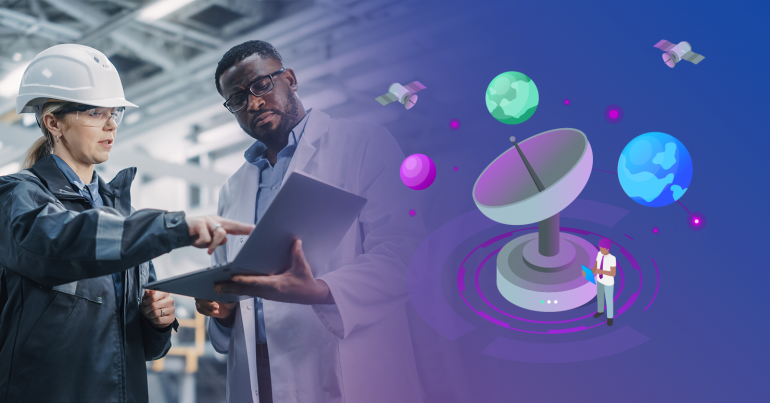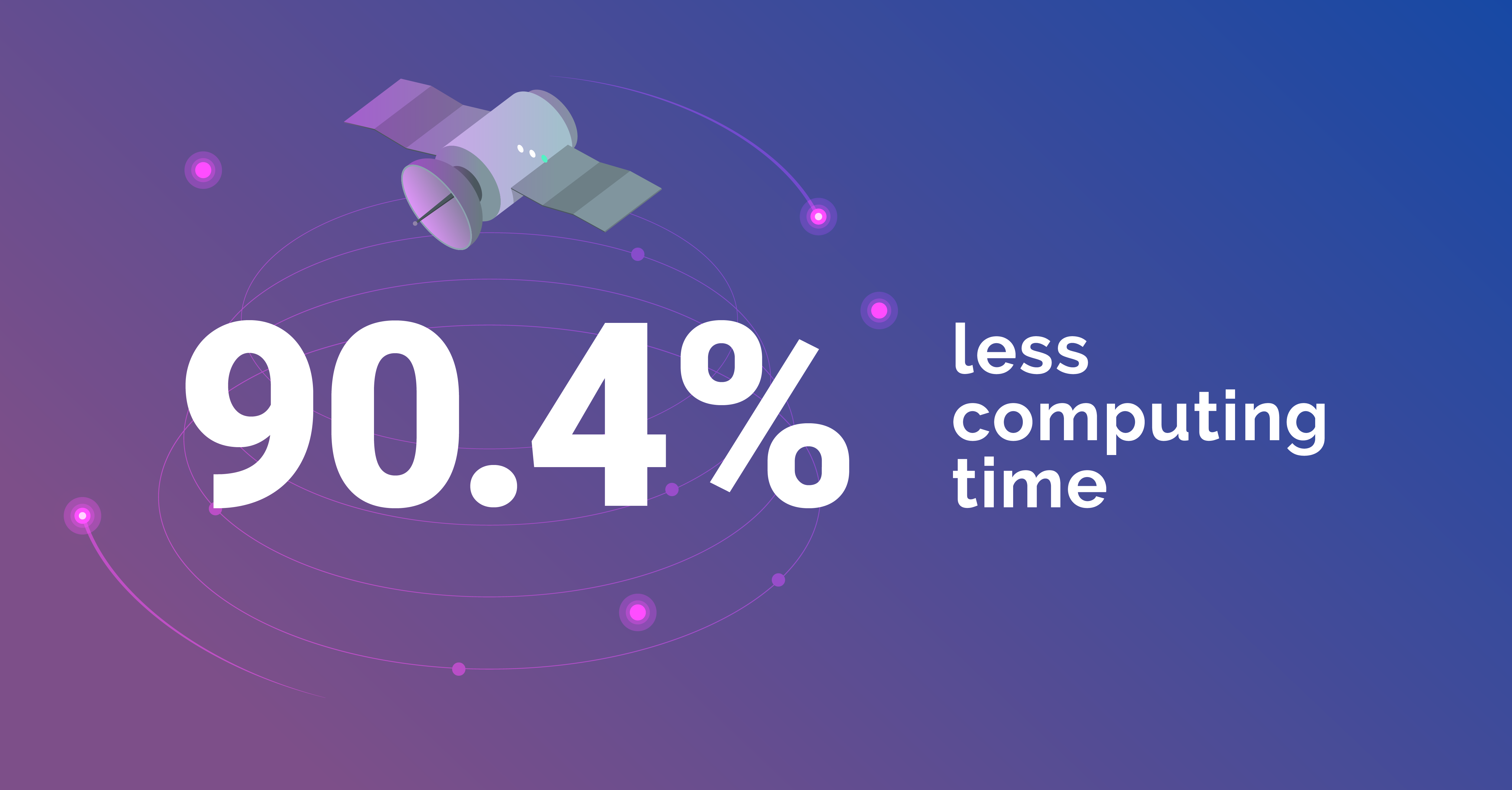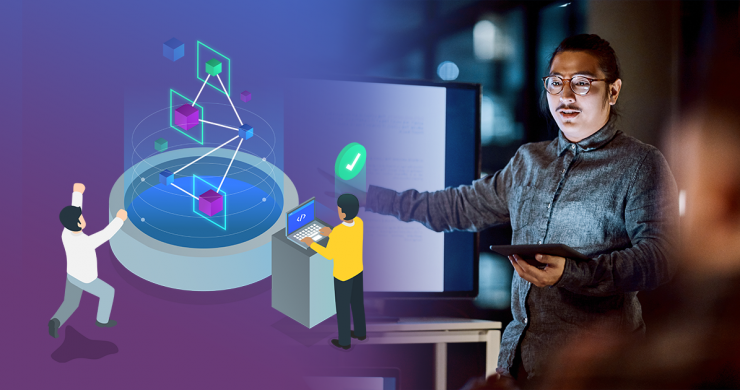How artificial intelligence is accelerating astrophysicists’ research into the mysteries of life and the universe

Artificial intelligence and machine learning is useful in a huge variety of industries, from detecting tumors to energy generation, and even exploring the universe.
Discover how we used AI to streamline systems for a European Space Agency research group as they searched for the crucial elements needed for life.
The client: the European Space Agency
One of the European Space Agency’s research groups uses a technology called Spectral Energy Distribution (SED) to analyze proto-solar systems, using complex mathematical systems to look for the crucial elements needed for life. As there are hundreds of parameters to be tested, each analysis took 52 hours.
The goal? To reduce their computing time while maintaining accuracy.
The client had a high volume of historical data, so we knew we should develop an advanced machine learning model to help the astrophysicists get the speed and accuracy they needed.
The solution: machine learning
Machine learning is a field of artificial intelligence that enables machines to learn patterns from data. Deep learning is the type of machine learning that uses neural networks with many layers—a model originally inspired by the human brain. These deep learning models can automatically discover patterns and features directly from raw input data, which works particularly well for handling very large and complex datasets.
Deep learning models can accurately imitate extremely complex mathematical systems to quickly predict results from data inputs through predictive modeling. As a result, deep learning is extremely helpful for reducing computing time in data science. This makes it ideal for projects with a large amount of historical data, with amazing possibilities for accelerating initiatives in physics and chemistry.
We knew this would be the best approach to support the research group.
How we did it
To begin, we collated all the relevant data, including the inputs and results of past experiments. We then trained deep learning models with this data, applied them to new SED datasets, and measured their performance and accuracy. After training and testing the models, we embedded the solution into the client’s workflow for astrophysicists to use.
With the new deep learning solution in place, the same experiment that used to take 52 hours, now takes only 5.
This is 90.4% less computing time, with an equally accurate result.

Computer vision is one of several powerful machine learning technologies that can be leveraged to aid research and help us better understand the physical world.
Find out more about Visual Inspection.

Get the latest roundup of the most important, interesting and stories from the past week. In your inbox every Saturday by 10am.
Related Articles you might like
The House Task Force road map that will transform businesses with responsible AI
On Tuesday, the Artificial Intelligence House Task Force released a substantial 253-page report outlining the principles for ethical and responsible […]
View Blog PostRecognized as a member of the Forbes Technology Council
We are proud to announce that Intelygenz President, Chris Brown is now a member of the Forbes Technology Council: a […]
View Blog PostKey Strategies for Financial Institutions to Unlock AI Value
In the financial services sector, artificial intelligence (AI) is often heralded as a transformative force capable of revolutionizing everything from […]
View Blog Post

